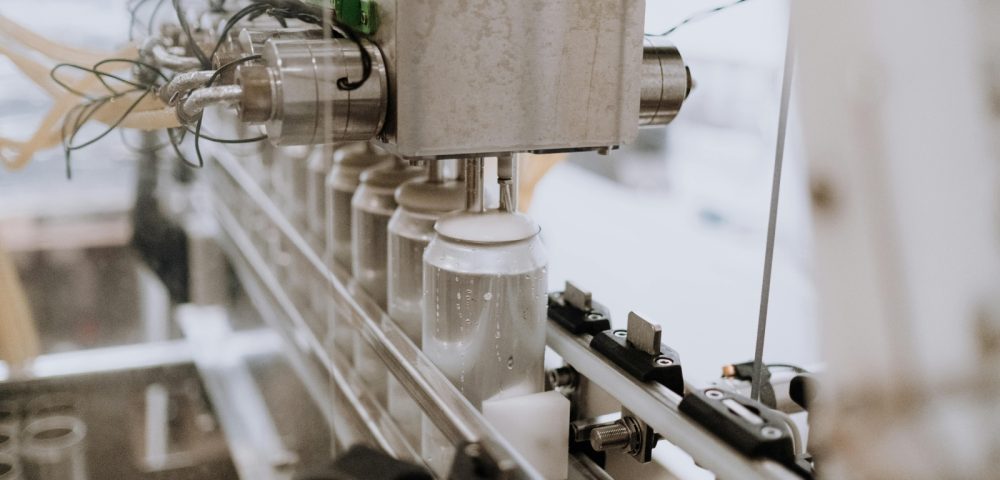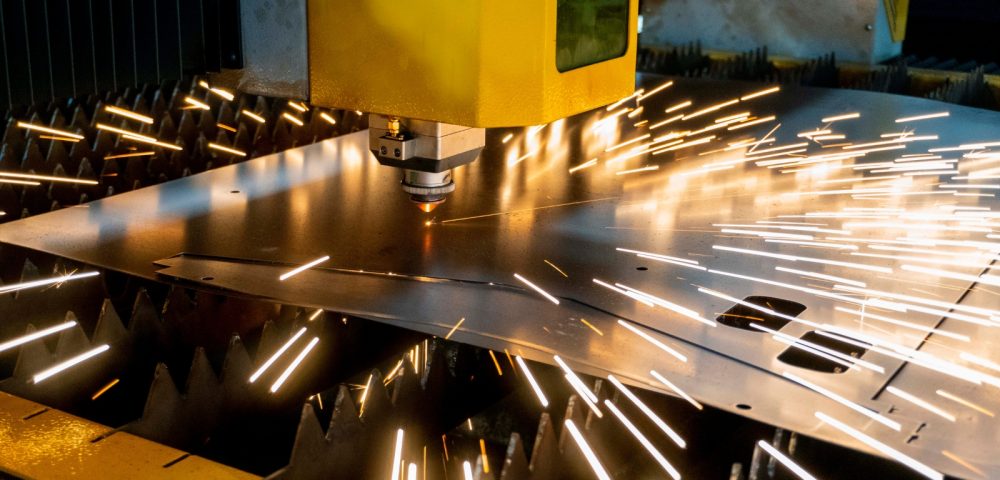In the manufacturing world, the entire operational workflow depends on one important factor, which is the path of production. This means the manufacturing system or the process used in the operational ecosystem to receive the final output they expect. As much as the manufacturing landscape is complicated, these processes do not have a simple mechanism. The production process depends on the domain, client expectations, production capacity, etc. If you, as a manufacturer, do not select the most suitable process, you cannot wish to have the best possible outcome at the end point.
In this article, we walk you through six common systems and processes used in production.
We will explore
6 Commonly Used Production Processes

Job Shop Manufacturing
Job shop manufacturing is a highly adaptable and customised production methodology. This is popular in the manufacturing scenario as the best method for generating small, customised quantities of products. When opting for this way, it is easier to focus on selected customer demands and accordingly, the factories can produce top-quality items that are precisely tailored to what their clients expect from them.
Unlike highly standardised production methods, job shops thrive in circumstances where flexibility is essential. In this workflow, they go with a mix of general-purpose machinery and skilled labour. However, this versatility is followed by the efficiency levels the process offers. Yet, this is not suitable for mass production as it requires speed and consistency greater than this.
For example, if you look into a local furniture manufacturer’s workflow, you will see the perfect illustration of this ecosystem. They use specialised gear and experienced labour to create designs that are adapted to each client’s needs. Due to its low volume, this technique can be more expensive even if it guarantees high-quality custom outputs.
Batch Manufacturing
Creating products in designated groups or batches is commonly referred to as batch production. There are some situations where the product demand returns, but it also sees ups and downs. In such scenarios, the latter is quite useful because it helps strike the perfect balance between efficiency and flexibility.
Since the seasonal fluctuations or market trends keep coming back and forth, this backs up factories to modify output, aligning with those affairs. Businesses can satisfy different demands thanks to batch production. The best benefit is that it comes forward as a shield that safeguards businesses from the high expenses they have to bear by conducting continuous operations or smaller, one-time production runs.
A production mechanism of a bakery that makes cakes in bulk for eateries is a perfect example of this. As you can see, every batch lives through ingredient combining, baking, and packing in the same way. This process helps the manufacturer seal the deal of consistency and preparedness to adjust output to be flexible when there are seasonal needs.
Continuous Manufacturing
This method works around the clock and is perfect for producing large quantities of standardised goods. Automated continuous production maximises productivity and reduces expenses.
For mass production of uniform and standardised goods, continuous manufacturing is the best option.
This is where the automation becomes a must-have tool since it locks the promise of carrying out the procedures with heightened efficiency as well as using fewer human contributions. This level of consistency in production is what manufacturers expect for certain industries where the perfection in everything relies on dependability and regularity.
Steel production plants demonstrate continuous manufacturing by constantly transforming molten steel into sheets, bars, or coils, utilising automated processes. This uninterrupted method assures a continuous supply and minimum waste. Steel production plants demonstrate continuous manufacturing by constantly transforming molten steel into sheets, bars, or coils, utilising automated processes.
Repetitive Manufacturing
If your business is witnessing and expecting to have a steady demand, this type of process will be ideal for you. When repetitive manufacturing is implemented, you will be able to produce the same product repeatedly, without missing out on quality.
In here, the utmost importance is boosting efficiency levels and uniformity. This capacity is what makes repetitive manufacturing the ideal way out for large-scale production.
After the manufacturing lines and machinery are set up, they operate constantly with little modification, which lowers downtime and keeps expenses down. Repetitive production is exemplified by automobile assembly lines. In this case, cars are constructed using standard components, templates, and predetermined procedures. This guarantees quick production and scalability to satisfy consumer demand.
Additive Manufacturing
Additive manufacturing, also known as 3D printing’s uniqueness lies in its ability to craft items layer by layer. This technique completely works around digital designs, where the manufacturers get detailed instructions for the 3D printer. What is the main difference between this and traditional manufacturing techniques? Traditional methods have some boundaries to work with materials like plastics, metals, or composites. When it comes to additive manufacturing, it opens the way to create complicated geometries and elaborate designs more flexibly.
This is the level of precision and versatility that modern manufacturers expect from a technique, and the latter shines as the best way to develop prototypes, custom components, and novel products.
The jewellery manufacturing world receives the best results using 3D printers to make complex designs. When the concern is boosted creativity and cost effectiveness, this is particularly ideal for prototypes and low-volume manufacturing runs.
Lean Manufacturing
Lean manufacturing is sort of a special tool that manufacturers utilise when they expect to increase customer value while targeting the reduction of waste. When a factory aims to walk on a streamlined processing mechanism, this always offers the best results.
Unlike traditional production systems, it works as a technique, improving operations at all levels of an organisation. It is interesting that the whole concept of lean manufacturing centres on continuous improvement (Kaizen), value stream mapping, and just-in-time production theories. This will help you remove the inefficiency roadblocks, such as excess inventory and superfluous motion. Some industries struggle with adaptation and cost handling in the fast-moving marketplaces, and that is where lean manufacturing offers a helping hand for them to operate effectively.
An FMCG factory that follows lean principles finds non-value-added procedures, such as excess inventory or superfluous movements. Such organisations can save money while remaining agile by streamlining flows and fine-tuning timetables.
Cerexio MES for Any Manufacturing System and Process

Cerexio offers a straightforward and Industry 4.0-powered Manufacturing Execution System (MES) for the manufacturing industry that can be customised for specific production requirements. This improves your workflow with reduced inefficiencies, cost reductions through its financial models and AI-driven Predictions regarding machine and process failures. No matter what process you adopt, Cerexio solution can make your path much easier and faster.
Adopting the Right Processes for Maximum Results

Although there are many manufacturing processes in the picture, not each of them can offer what you expect at the end. This is where you need to be precise about your subdomain, your ultimate goal, profit margins, as well as the customer base to determine what path is suitable for your factory to get maximum results.
FAQ about Production Processes
No matter what industry or scale, any business can receive the best outcome when manufacturers understand the suitable manufacturing processes. When manufacturers function with a good understanding of this, they can directly target cost-effectiveness, boosted efficiency, etc.
The 5 Ps of production management indicate products, plant, process, programmes, and people.
The industries such as automotive, electronics etc., tend to rely on production systems and processes. Also, pharmaceuticals, aerospace, food and beverages must employ them in their productions. Since they witness a high demand in production and strict quality regulations, these industries must work on efficiency, precision, and consistency to prove themselves.
